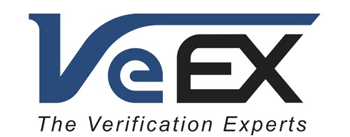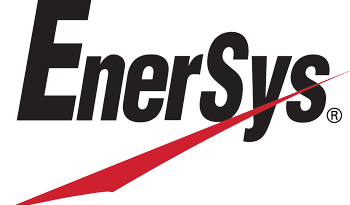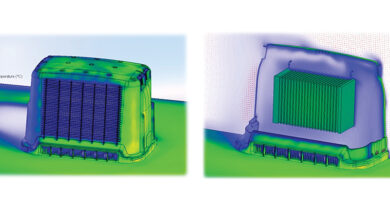PNM: More than Pre-Equalization Analysis
By Cyrille Morelle and Winston Chang
When it comes to modern monitoring systems, proactive network maintenance (PNM) and predictive modeling are major parts of the solution to increasing customers’ quality of service and expectations. Advanced cable modems can now provide the information needed for constant monitoring at the customer premises. Identifying network impairments early prevents potential interruption of service and, in some cases, lowers response times from field technicians for any issues.
PNM is Powerful
The introduction of DOCSIS 3.0/3.1 to cable modems in the late 2000s added a powerful troubleshooting device in the subscribers’ homes. Cable modems are not only capable of identifying impairments, such as signal ingress, micro-reflections, and group delay, but can also estimate the impairment’s location. This constant monitoring of the network allows cable operators to witness the upstream’s degradation. PNM has expanded past pre-equalization of the upstream into analysis and detection of impairments along the full spectrum due to advanced chips in cable modems being deployed. Since the introduction of the PNM concept a decade ago, operators have been climbing the innovation curve. The capability of these tools has become more powerful with every new generation of cable modems. Real-time data can generate faster response times and fewer truck rolls, which is a cost saver. Additionally, historical data provides the ability to assess locations that need relatively more maintenance, and troubleshoot them to prevent future problems, increasing cost savings even more.
PNM is Not Just About Cable Modems
There is more to PNM than just cable modem data. Although the use of cable modems as measurement devices has become ubiquitous, their measurement capabilities are limited. Cable modems have certain limitations, including:
• Post-demodulation metrics are only available for the cable modem downstream channels being used
• Limited visibility of upstream channels severely limits their upstream diagnosis capabilities
• No visibility of MPEG data streams
• There is no access to cable modems if the network is down
For true proactive network maintenance, a monitoring and diagnosis system must provide comprehensive visibility to the RF and optical network at both the physical and data layer. Such a system can send alerts when possible RF impairments are detected and also provide a rough location, whether in-home or outside plant. But, it can’t help when frequencies are outside the cable modem’s range. When detecting in-home impairments, there are instances when the impairment cannot be located due to the cable modem being stationary. Another challenge to address, which falls outside of PNM’s capabilities, is when the modem has an outage and cannot be put back online and active on the network.
A traditional return monitoring system can assist a cable modem-based monitoring system. It monitors frequencies outside of the cable modem’s range that can be analyzed to diagnose what type of impairment is occurring.
Total Comprehensive Solution
VeEX’s VeSion Monitoring System provides the visibility you need to create a truly proactive network monitoring solution, including traditional cable modem data, return path monitoring, forward path monitoring, RFTS (OTDR) monitoring of the fiber network, MPEG analysis and GIS integration. (See Figure 1.) VeSion provides both monitoring and diagnosis tools to your toolbox so that you can identify the problem and quickly find the solution when something does go wrong.
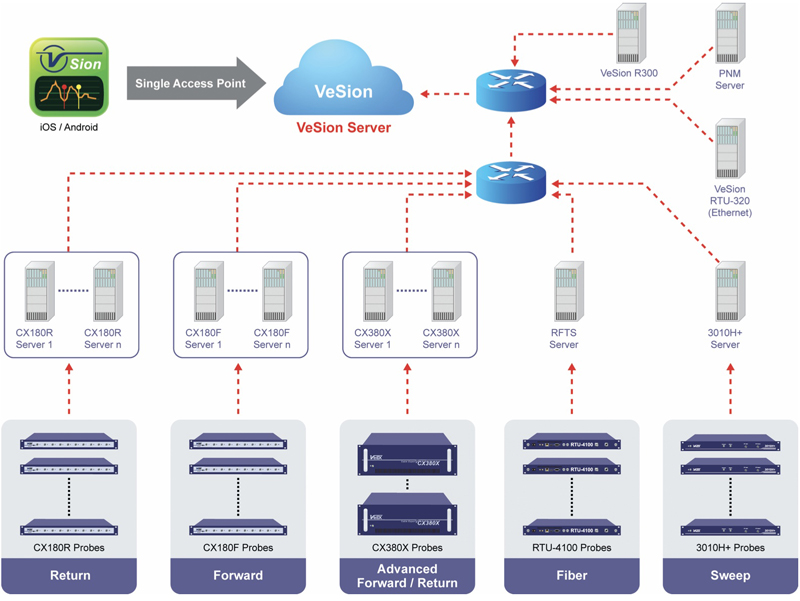
Figure 1: VeSion Monitoring System Network Architecture
The VeSion cloud-based one system platform represents the next step in innovation. It integrates PNM (return and forward) with RF monitoring (return and forward), fiber, MPEG, Ethernet, advanced DOCSIS monitoring and burst demodulation, sweep, as well as workflow and asset management — all under one umbrella.
VeSion makes maintenance easy and secure. It reduces the cost and manpower it takes to maintain several systems. Integrated with the VeSion R300 server, it’s the perfect workforce management tool to keep devices up-to-date in the field. Additionally, the cloud-based format that VeSion provides, along with Internet access, allows web, tablet, or field meter access. This gives you the flexibility to access all of your results anywhere, anytime, and at any location.
VeSion’s customizable dashboard provides an at-a-glance view of the portion of the HFC network you are responsible for, whether you are a VP of Operations or a field technician.
Interconnectivity
The intricacies of providing total network access and interconnectivity is a challenge that VeSion has met and solved. It supports probes and switches along the node, including field test meter results and provides the intelligence to automate increasingly detailed examinations to prevent outages.
One example of VeSion interconnectivity is that the RF monitoring system can trigger optical tests to look for line breaks when the network goes down. The OTDR monitoring system then isolates when and where the network break occurred. Subsequently, VeSion will identify the appropriate employees so that they can dispatch a technician before customers call about the network interruption.
GIS Mapping
PNM requires an accurate geographical model of the HFC network to leverage its power. There is no guarantee that the GIS network management system you currently work with can be integrated into your PNM solution. VeSion supports multiple market leading GIS network management solutions, and provides a view that overlays your monitoring, maintenance and test data over your network architecture. Alternatively, if you don’t have a GIS solution currently, VeSion can provide a basic network architecture management solution.
Node Health Grade
What sets VeSion apart? It evaluates your network and grades it based on historical data and pre-equalization metrics, among other factors. It combines both cable modem measurements and return path spectrum analysis into a single number. The number helps to identify nodes that are degrading and require a technician to intervene before the customer notices. (See Figure 2.) Node Health Grade (NHG) is a paradigm shift for network monitoring and maintenance: a new tool that, like PNM, will soon become a must have for operators.
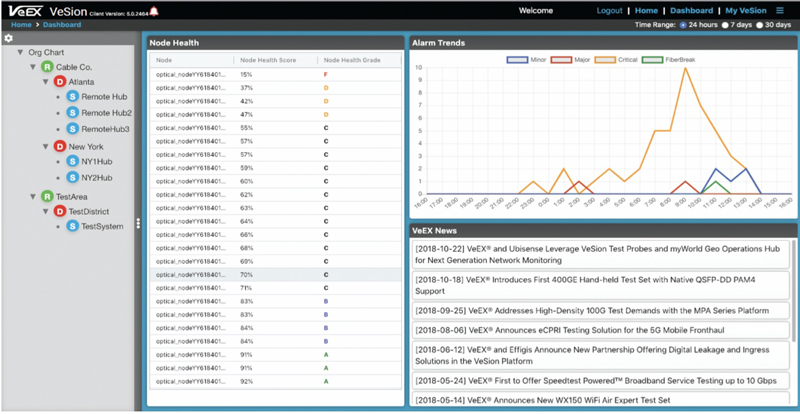
Figure 2: VeSion Dashboard with Node Health Grades
VeSion provides complete visibility and testing capabilities. It not only predicts the likelihood of outages and their locations, but estimates the overall health of your network so you can manage it more efficiently. This provides you complete network visibility, which translates to high efficiency, increased customer satisfaction, and more cost savings.
To learn more about how VeEX’s new comprehensive VeSion system with Node Health Grade GIS and mapping can help you to manage your entire HFC network efficiently and meet consumer expectations for excellent service and quality, visit our website at www.veexinc.com.
About VeEX Inc.
VeEX Inc., an innovative, customer-focused communications test and measurement company, develops next generation test and monitoring solutions for telecommunication networks and services. With a blend of advanced technologies and vast technical expertise, VeEX’s products diligently address all stages of network deployment, maintenance, field service turn-up, and integrate service verification features across Fiber Optics, CATV/DOCSIS, Mobile backhaul and fronthaul (CPRI/OBSAI), next generation Transport Network, Carrier & Metro Ethernet technologies, WLAN and Synchronization. For more information, visit www.veexinc.com.
 Cyrille Morelle
Cyrille Morelle
President and CEO, VeEX Inc.
Cyrille Morelle is president and CEO for VeEX Inc. In this role he is responsible for global operations, product development and technology strategy. Cyrille co-founded VeEX in 2006 and serves as a member of the board of directors.
 Winston Chang
Winston Chang
Product Manager, VeSion
Winston Chang joined VeEX Inc. in 2017. He is a Product Manager for VeSion, a cloud-based one system monitoring platform that integrates multiple proactive network monitoring solutions under one centralized platform. Winston holds a Bachelor of Science degree in Computer Science and Engineering from Santa Clara University.
For more information, visit www.veexinc.com

